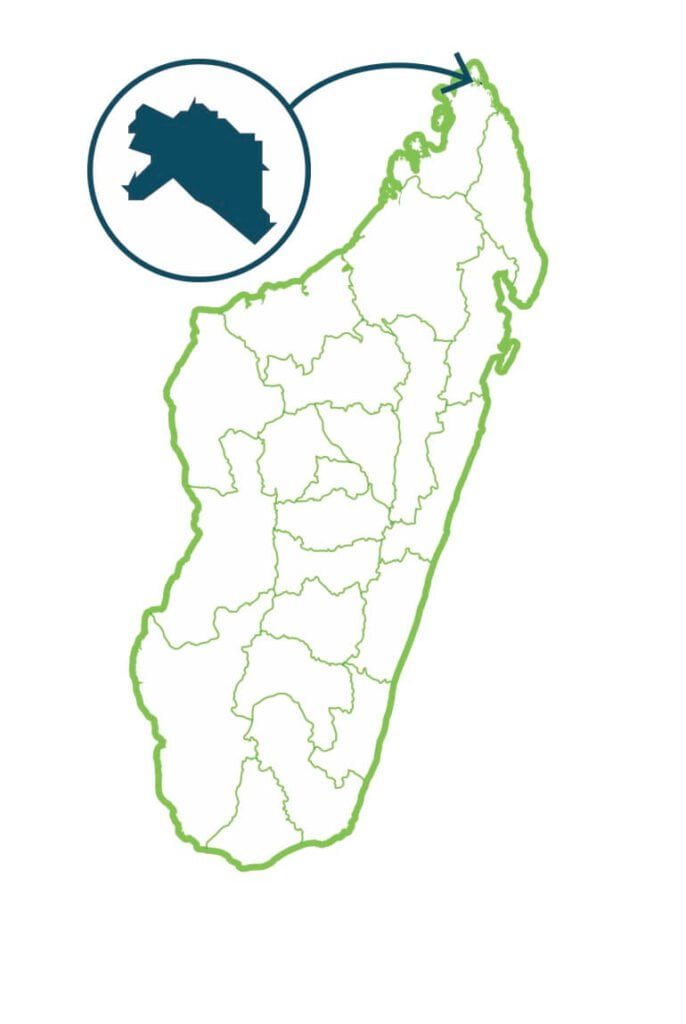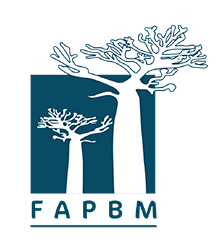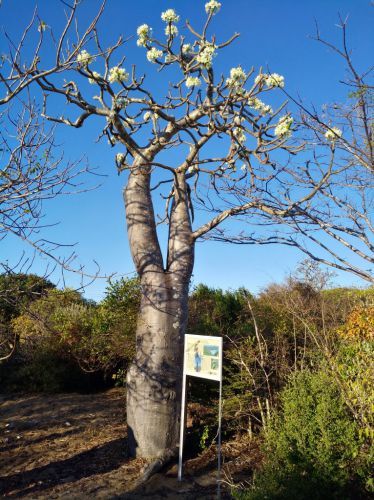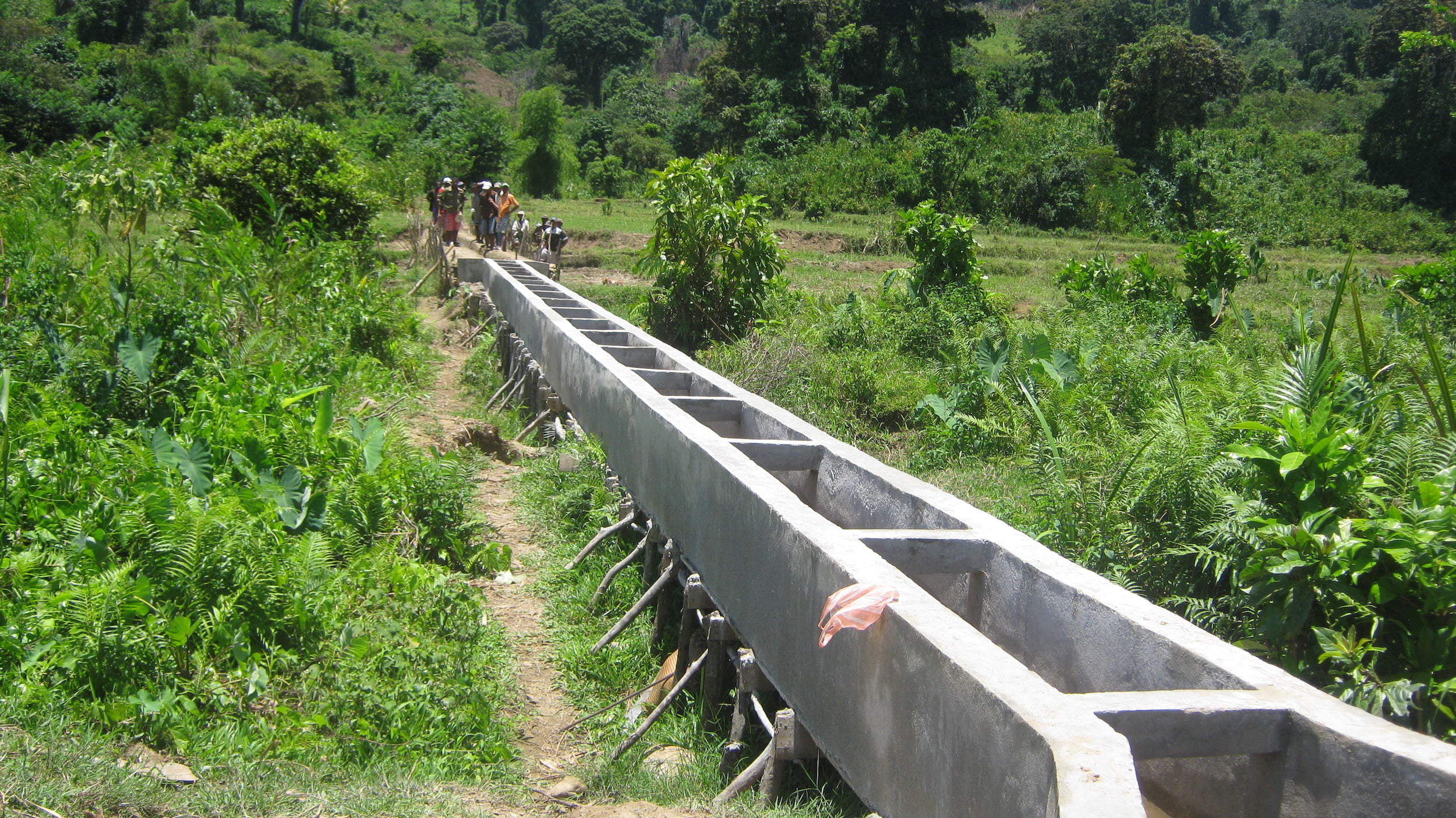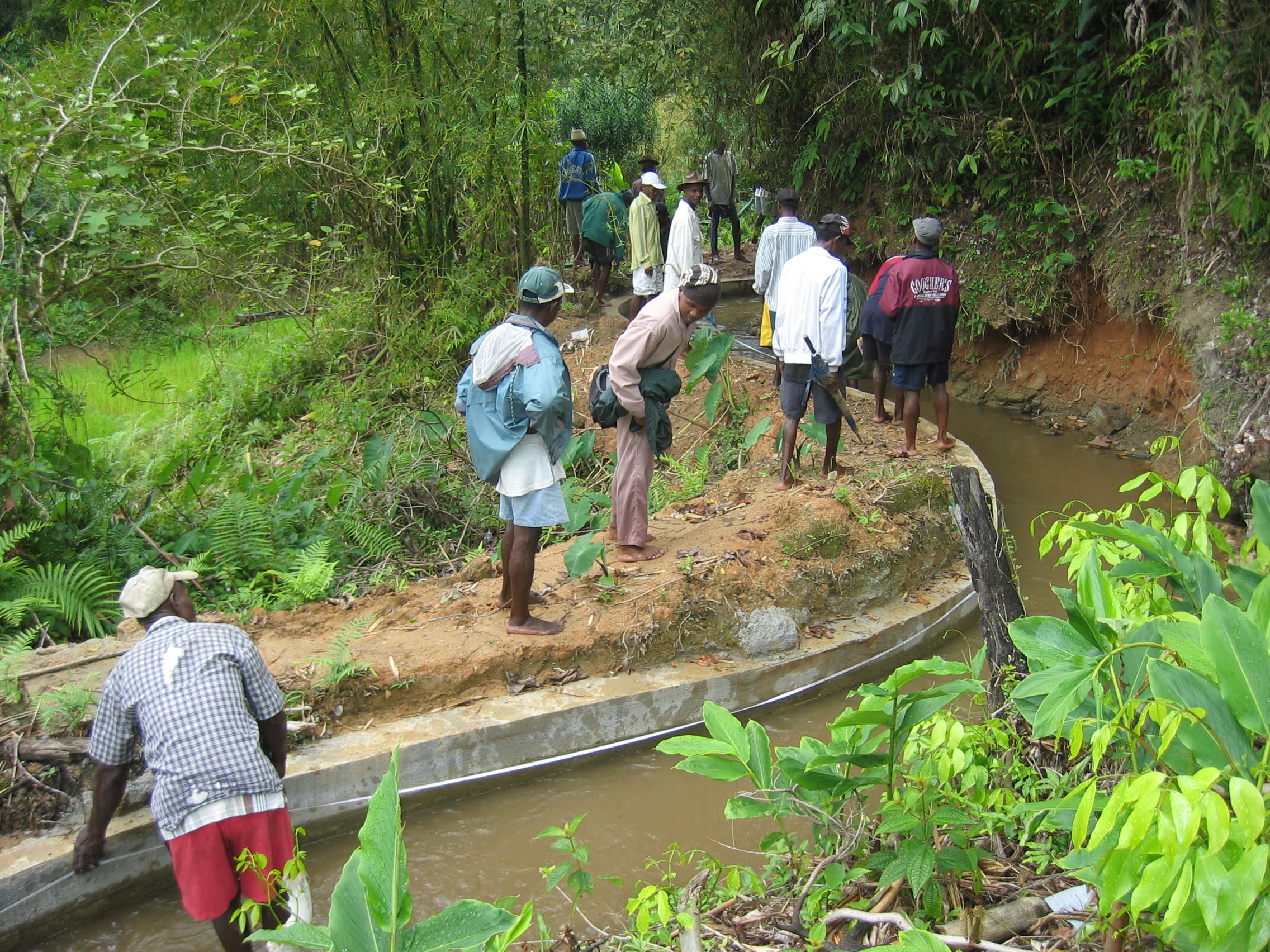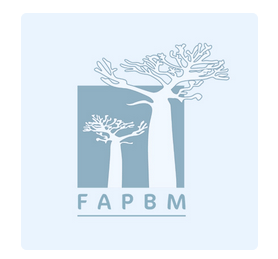Flagship Species
The vegetation of the protected area is characterized by a degraded dry plant formation on sand and limestone.
There are 290 species of plants, 70% of which are endemic to Madagascar and some endemic species of the region including Dioscorea orangeana, which is heavily exploited by the local populations for their food during the lean season.
The fauna is composed of 2 species of lemurs, 37 species of reptiles, 5 species of amphibians and 77 species of birds.
This area of Northern Madagascar is recognized for its importance for the conservation of avifauna and herpetofauna.
